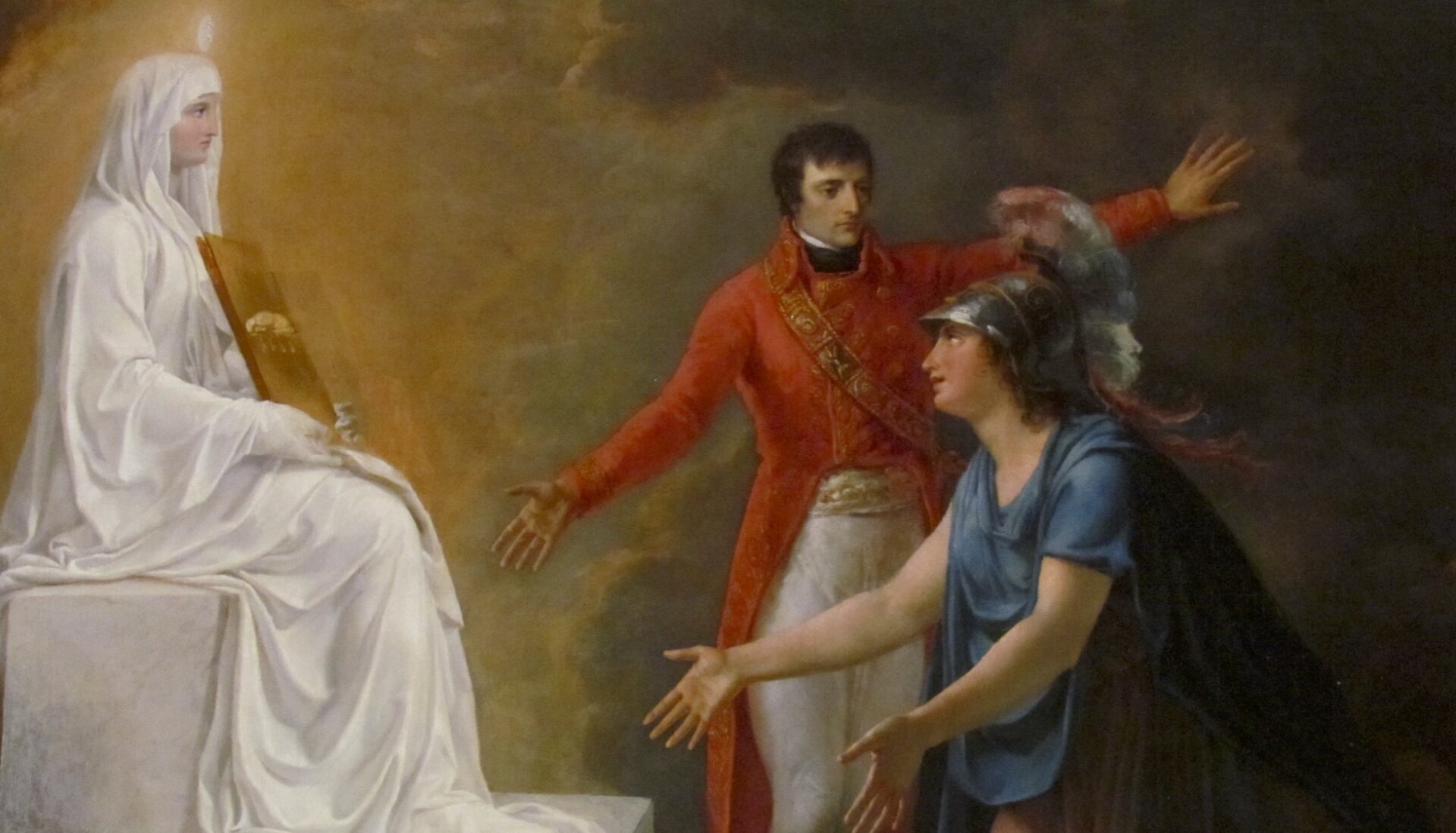Political considerations generally colored Napoleon’s decisions on religion. Since French Catholics loathed the anti-clericalism of the Revolution, Napoleon sought to appease them by working out a reconciliation with Rome.
The Concordat (a treaty with the Vatican) negotiated with Pope Pius VII (r. 1800-1823) in 1802 accomplished this reconciliation. While it canceled only the most obnoxious features of the Civil Constitution of the Clergy, the French state agreed to end the popular election of bishops and priests.
The bishops were to be nominated by the government and then consecrated by the pope; the priests were to be appointed by the bishops. But by declaring that Catholicism was the faith of the “great majority of Frenchmen,” rather than the state religion, the Concordat implicitly admitted the toleration of Protestants and Jews, both of whom were expected to accept state supervision of their governing councils.
Finally, the Concordat made the activities of the church in France subject to the “police regulations” of the state. The French government was to supervise the publication of papal bulls, the establishment of seminaries, the content of catechisms, and a host of other details. Despite all this, the anticlericals opposed the Concordat, and it took all Napoleon’s influence to obtain its ratification by the legislative bodies of the Consulate.
The Concordat, then, made the church a ward of the French state. Though it antagonized anticlericals, it conciliated many Catholics, and it remained in force until 1905. The Concordat, however, did not bring complete peace between France and the Vatican. When Pius VII objected to Napoleon’s making a French satellite of the Papal States, the “new Caesar” lectured him on the proper division of authority between the spiritual and temporal powers. Pius passed the last years of the Napoleonic regime as a prisoner, in northern Italy and then in France.
The Revolution and Napoleon also cost the church its monopoly over education. The constitution of 1791 had promised France a system of state schools. The Thermidorean Convention established a “central school” in each department of France to provide secondary education of good quality at relatively low cost to students.
Napoleon abolished these central schools in 1802 and replaced them with a smaller number of central lycées open only to the relatively few pupils who could afford the tuition or who received state scholarships. The students wore uniforms and marched to military drums, and the curriculum, too, served the ends of patriotic indoctrination.
Napoleon neglected primary schooling almost completely, yet he did advance the construction of secular schools. The way was open for bitter educational competition between church and state in nineteenth-century France.

